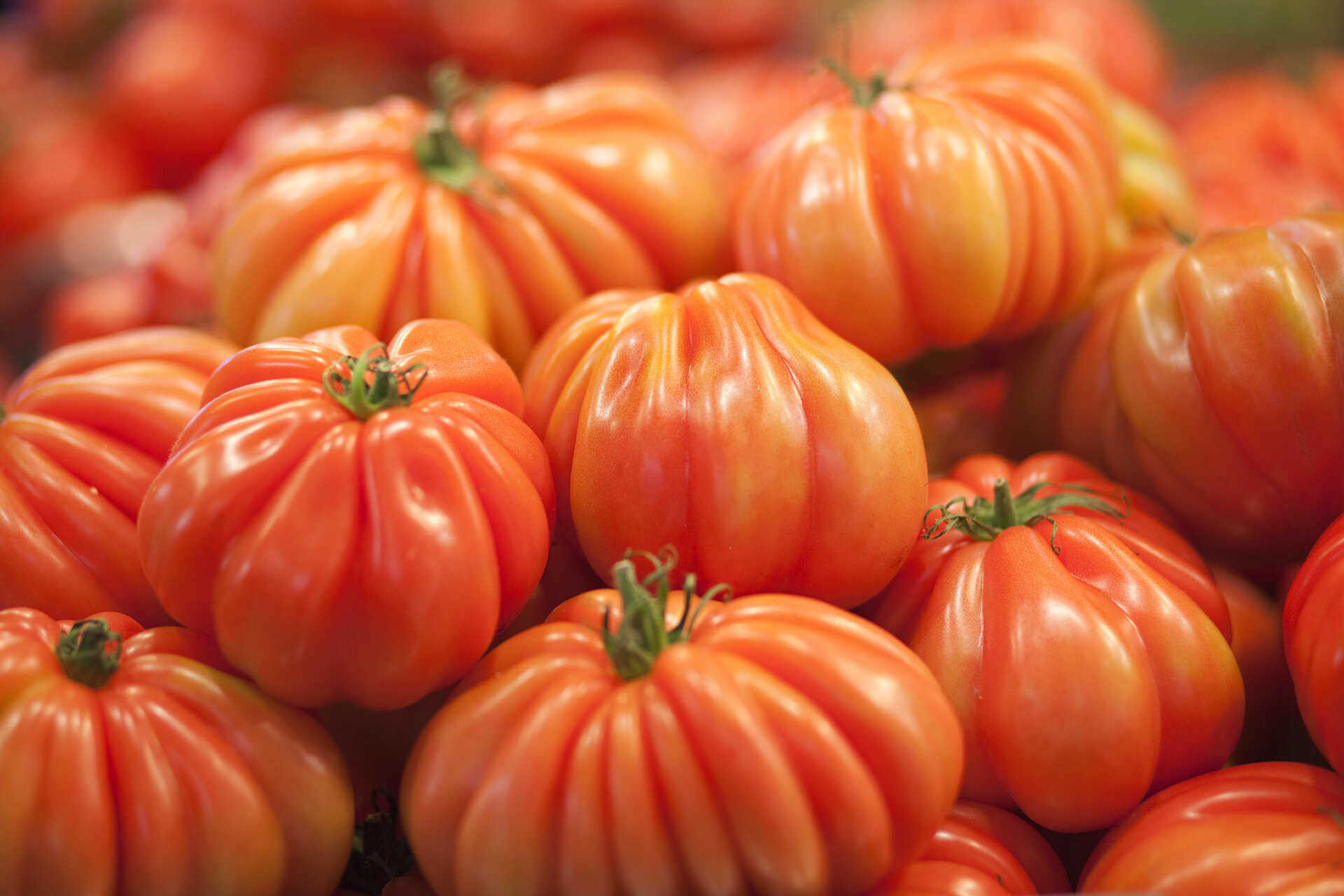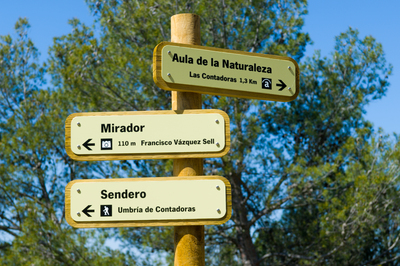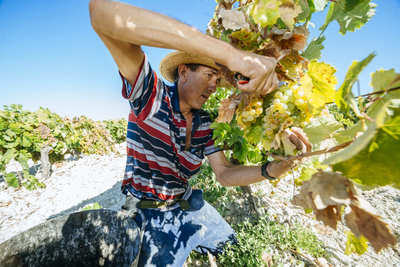The market garden: water and sun, the magical alchemy of Andalusia

Andalusia, also known as the vegetable garden of Europe, is well worth a visit if you love tasty and healthy food. A tour that includes each one of the Andalusian provinces and allows you to enjoy dishes made with vegetables. You'll taste recipes that in some cases are a few centuries old.
The perfect combination of water, sun, climate and knowhow are the ingredients of a magical alchemy that results in a diverse, sustainable vegetable garden— the mainstay of our unique Mediterranean diet. A diet based on vegetables —fruits, vegetables, legumes and nuts—, cereals, extra virgin olive oil, fish, meat and wine. A recipe for life for those who are want to be healthy by eating traditional foods.
All of Andalusia's provinces offer many fruit and vegetables, from Almería, European capital of tomatoes, peppers and cucumbers; to the fertile plains of Granada, where wild asparagus, artichokes, onions, lettuce and cherry tomatoes grow; without forgetting the province of Seville, one of the main producers of tomatoes for industrial purposes; or strawberries and berries from Huelva. But that's not all!
This mosaic of vegetables stands out, mainly, because of the extraordinary quality of the produce, a firm commitment to organic production and the strong link between land and product. The quality marks are a proof of this: Protected Geographical Indication "Espárrago de Huétor-Tájar", in Granada, and the Protected Geographical Indication "Tomate La Cañada", in Almería. Two essential stops on the tour that will offer special moments and take us through Andalusia's vegetable gardens.
On this particular journey you will learn unusual things that may surprise you, like the fact that tomatoes are not only tasted: the raf tomato from Almería can also be heard! When you cut it or bite into it, you'll hear a distinctive crunch and its green hue will make you see that this is not just any old tomato.
Have you ever heard of "alcaucil" artichokes? They are a traditional product that resemble an artichoke but are slightly different. They are sold especially in the province of Cadiz. They are especially enjoyed during Lent in the squares of Conil, Chiclana, Cadiz and Jerez.
And another vegetable that is green and white like the Andalusian flag... asparagus from the Vega de Granada fertile plains, where they find the best conditions to grow. Consumption of this vegetable became widespread during the Al-Andalus period, as it was considered a tasty delicacy in various dishes.
And if you get a bit peckish after going for walks in the fields and talking about veggies, we'll tell you how to season them to enjoy them in all their glory.
Recipes from the vegetable garden
"Gazpacho" might be the most recognised Andalusian recipe in the world. This popular chilled soup includes tomato, pepper, cucumber, stale bread and extra virgin olive oil. People can't agree on whether it includes onion, or green or red pepper, or on the exact amount of oil, vinegar and salt. But there's something no one questions: the fact that you can't have summer without gazpacho.
The best of the best veggie recipes also must include "salmorejo", which has its own brotherhood of followers and is originally from Cordoba. You'll struggle to find a restaurant in Spain that doesn't serve its own version of this wonderful blend of tomatoes, bread, garlic and olive oil. It's usually served with a garnish of hard-boiled egg and Serrano ham cubes. It's simply delicious! And third on our list of chilled tomato soups is the delicious "porra antequerana", a dish from the province of Malaga. You know it's just right if you stick a spoon in it and it stays upright!
And we mustn't forget pipirrana, a typical salad from Jaén made with tomato, onion, green pepper, boiled egg and olives. Refreshing, nutritious and very tasty, it has its counterpart in Cadiz, "piriñaca", ideal to serve with fish, such as mackerel or sardines.
And to warm up when it's cold, nothing like "ajo caliente", "ajo campero" or "ajo de viña". It's a recipe of humble origins that farm labourers used to make with garlic, peppers, tomato, bread and olive oil. Today you can taste it in numerous wine-stalls and roadside restaurants in Cadiz, washed down with a delicious glass of must.












